Are you ready to revitalize your outdoor sanctuary? Whether you have a sprawling garden or a modest backyard, the potential for transformation is immense. In this listicle, “,” we’ve curated an extensive array of innovative concepts that cater to a variety of tastes and budgets. From serene Zen gardens to vibrant floral displays and sustainable landscaping practices, these ideas will ignite your creativity and provide practical insights to elevate your outdoor environment. Each entry is designed to inspire you, helping you visualize the possibilities and encouraging you to embrace the great outdoors like never before. Dive in and discover the perfect landscaping solutions to turn your space into the idyllic retreat you’ve always dreamed of!
Embrace native plants for sustainable landscaping design that benefits local wildlife
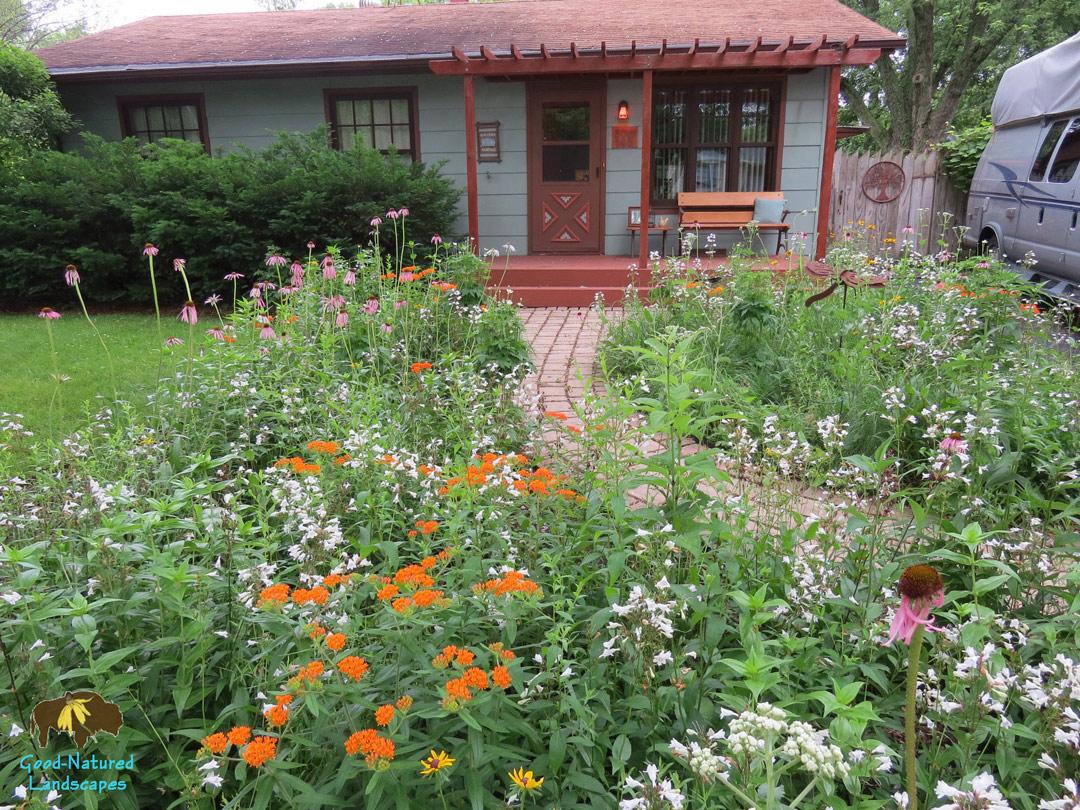
Utilizing native plants in your landscaping design is a powerful step toward creating an eco-friendly environment that promotes a thriving ecosystem. These plants have evolved to adapt to local soil, climate, and wildlife, making them more resilient and less dependent on chemical fertilizers and pesticides. By incorporating native species into your outdoor space, you not only create a beautiful and sustainable landscape but also provide essential habitats for local wildlife, including pollinators like bees and butterflies. Consider setting up areas with diverse plant heights, which can create natural cover and nesting sites.
Additionally, native plants are often drought-tolerant, making them ideal for water-wise gardening. To maximize the benefits, you could design sections of your garden that feature native wildflowers, grasses, and shrubs, each of which play a unique role in the ecosystem. For instance, planting a variety of flowering plants will attract beneficial insects, while shrubs can provide shelter for birds and small mammals. Here’s a quick guide to some popular native plants that you can consider for your landscape:
| Plant | Benefits |
|---|---|
| Black-Eyed Susan | Attracts pollinators, adds vibrant color. |
| Milkweed | Essential for Monarch butterflies. |
| Bluebell | Provides ground cover, supports local fauna. |
| Goldenrod | An important late-season nectar source. |
For more information on native plants and their ecological importance, explore resources available on NWF.org. Embracing these plants will not only refresh your landscape but also foster a deeper connection with the wildlife that thrives within your community.
Create a serene zen garden for tranquil landscaping design and meditation space
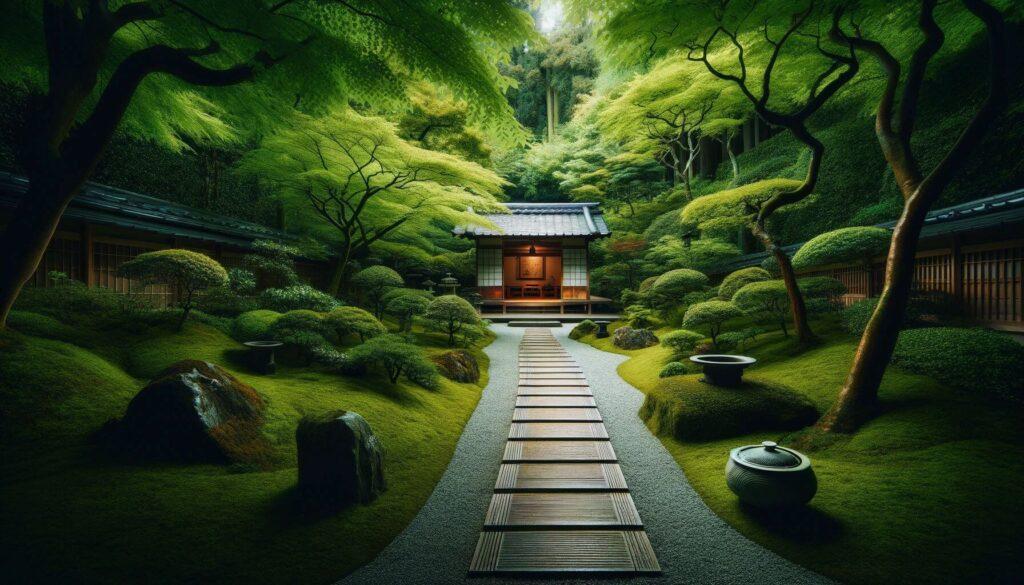
Transform your outdoor space into a sanctuary of peace by designing a zen garden that promotes tranquility and mindfulness. Start with a clean, minimalist layout, using sand or fine gravel to create gentle ripples, simulating water’s soothing flow. Surround these sandy patches with smooth stones and raked patterns that invite reflection and calmness. To enhance the meditative quality, incorporate bamboo features or stepping stones that lead the visitor through a contemplative journey. Low-maintenance planting, like moss or carefully placed succulents, will provide greenery without overwhelming the senses, ensuring that each element serves a purpose in your serene landscape.
Next, consider adding a focal point, such as a buddha statue or a stone lantern, which not only adds visual interest but also serves as a reminder to pause and reflect. Incorporate a small water feature that gurgles softly, echoing nature’s whispers and creating an inviting space for meditation. A wooden bench or a sitting nook, surrounded by soft lighting or candles, can provide respite and invite serene contemplation during day or night. With the right design elements and a focus on simplicity, your zen garden can become a cherished haven, perfect for daily meditation or quiet moments. Explore more about creating a zen-inspired space on Architectural Digest.
Use vertical gardens to maximize space in your landscaping design effortlessly
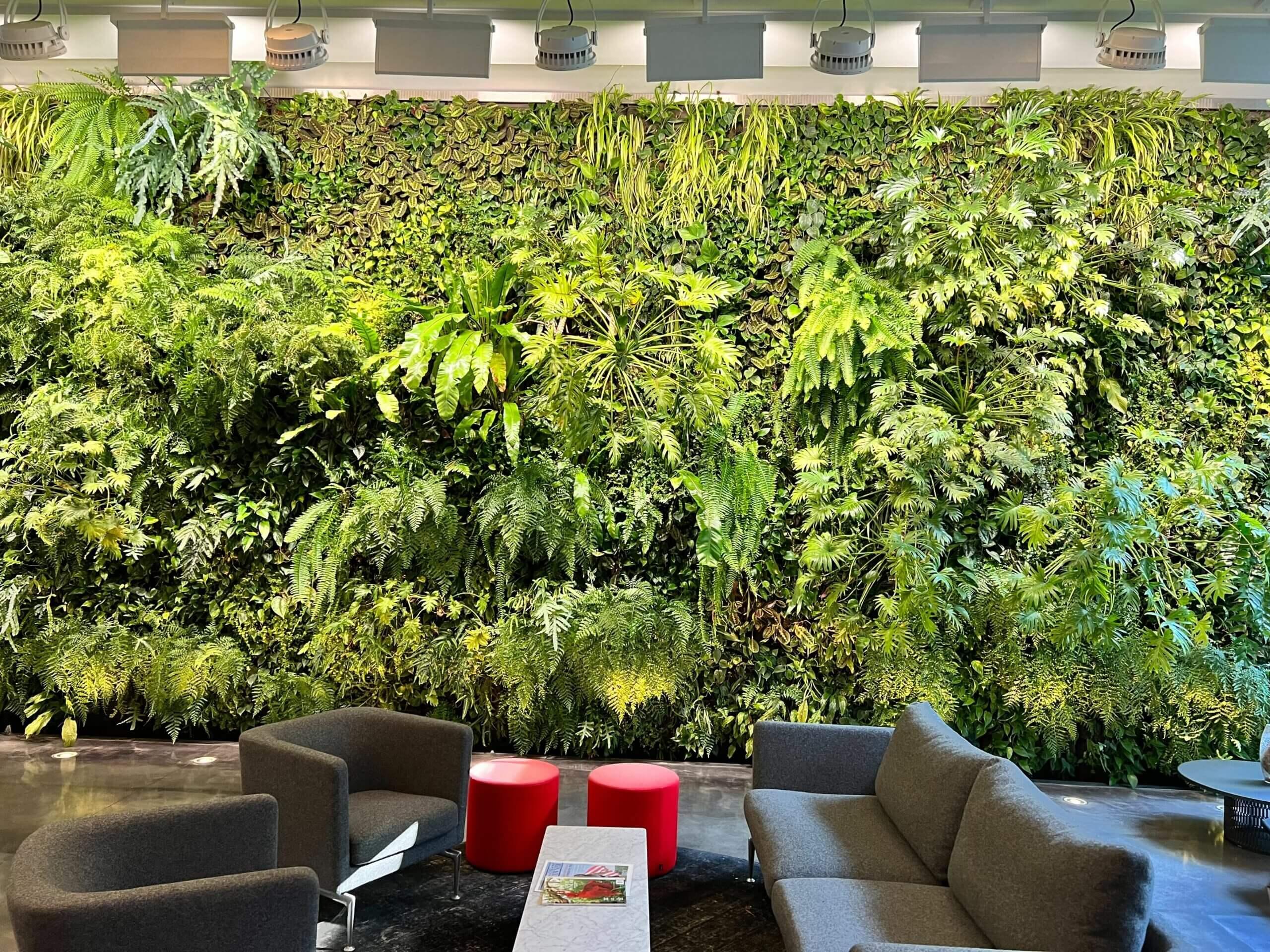
Vertical gardens are a game-changer when it comes to making the most of limited space in your landscaping design. By utilizing the vertical dimension, you can transform bare walls, fences, or trellises into lush green backdrops. The beauty of a vertical garden lies in its versatility; from flowering vines cascading down to sophisticated living walls adorned with a variety of plants, there’s a design that can enhance any outdoor area. Consider incorporating a range of drought-resistant succulents, fragrant herbs, or colorful flowering plants that not only look great but can also attract pollinators, creating a vibrant ecosystem right in your backyard.
To get started with your vertical garden, you can opt for prefabricated wall planters, DIY pallet gardens, or even repurposed materials like wooden crates or old gutters. Some ideas to explore include hanging pots arranged in artistic patterns or installing a green wall system that allows for optimal drainage and plant growth. As you design your vertical garden, think about layering plant heights for a visually appealing display and using a color palette that complements your existing landscape. For more inspiration on vertical gardens, visit gardenista.com for creative tips and projects that can elevate your outdoor domains!
Incorporate water features in your landscaping design to enhance tranquility and beauty
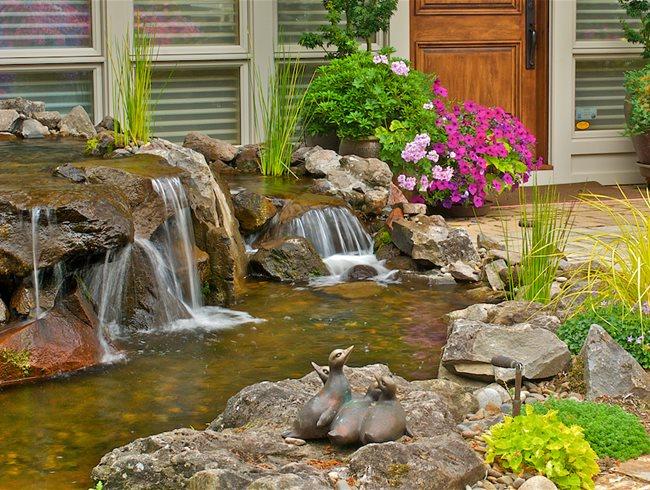
Water features are a stunning addition to any landscape, not only serving as visual focal points but also creating soothing soundscapes that can enhance the sense of tranquility in your outdoor space. Consider installing a reflecting pool that mirrors the beauty of the surrounding plants and trees or a peaceful pond adorned with colorful koi fish and water lilies. The gentle ripple of water can provide a calming atmosphere, making your garden a serene retreat from the hustle and bustle of daily life.
To take your design a step further, incorporate a flowing stream or a waterfall that cascades down rocks, creating a natural habitat for wildlife while adding dynamic movement to your landscaping. Rills, or narrow channels of water, can elegantly meander through your garden beds, guiding the eye and encouraging exploration. Don’t forget to add seating areas nearby, where you can enjoy the sights and sounds of your water feature while sipping your morning coffee or unwinding with a good book. Explore more ideas and tips on integrating these features at HGTV.
Opt for edible landscaping design by integrating fruit trees and vegetable patches
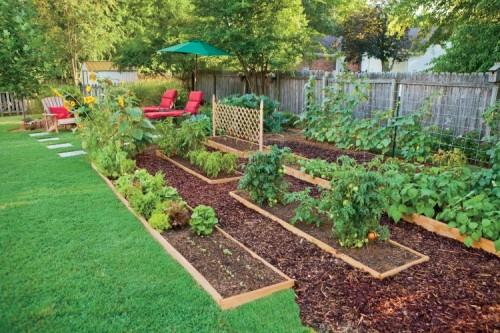
Imagine stepping into your backyard and being greeted by the vibrant colors of fruit trees and the fresh aromas of herb and vegetable patches. By integrating these elements into your landscaping design, you create a visually stunning environment that is both pleasing to the eye and productive. Consider planting dwarf fruit trees along walkways or in raised beds to save space while still enjoying the benefits of homegrown fruits. Adding seasonal vegetables in decorative containers can also contribute to the aesthetic appeal, transforming any open area into a lush, edible oasis.
To enhance functionality and beauty, think about using permaculture principles to organize your crops. Create a companion planting scheme to maximize growth and minimize pests. For instance, rows of tomatoes paired with basil not only look attractive but also promote a symbiotic relationship between the plants. Thankfully, with a little planning, even small spaces can accommodate these lush additions. For more tips on sustainable gardening and plant choices, visit permaculture.co.uk.
Transform pathways with unique materials to elevate your landscaping design appeal
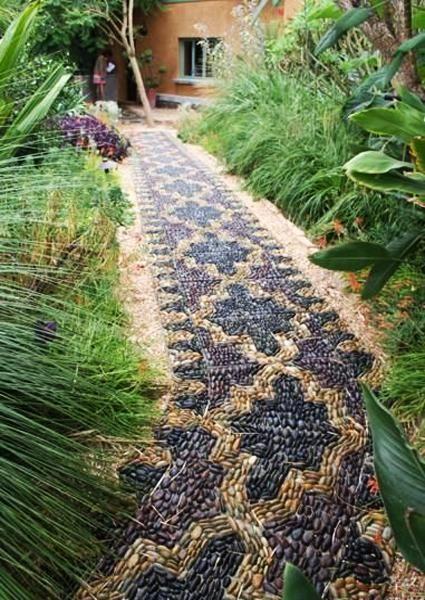
Elevating your landscaping design extends beyond just plants and flowers; it’s about the materials that create the pathways leading through your outdoor haven. Consider using stepping stones made from reclaimed wood or cheerful mosaics crafted from colorful tiles. These unique surfaces not only provide functionality but also add character to your garden. Combine these with soft, natural textures like river pebbles or crushed granite for a rustic aesthetic that invites exploration. For a modern twist, incorporate metal or concrete forms that contrast sharply with the organic elements of your landscape, creating a harmonious balance of old and new.
Another innovative approach is to integrate infused glass or luminous materials that capture and reflect light, adding a stunning visual effect as day turns to dusk. Imagine a pathway that glows softly, guiding you through an enchanting evening garden. For a more sustainable option, explore permeable paving stones that allow rainwater to seep through, reducing water runoff and promoting eco-friendliness. By thoughtfully selecting materials, each pathway can become a vital storytelling element of your landscape design. Discover more about unique landscaping options at nationalgeographic.com.
Blend modern aesthetics with rustic elements in your landscaping design for contrast
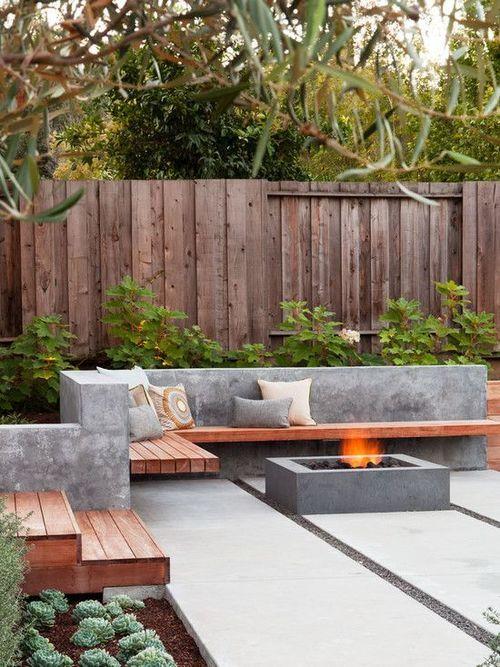
Enhancing the Visual Appeal
Combining sleek modern designs with rustic charm can elevate your landscaping into a unique visual experience. Consider incorporating geometric planters made from polished concrete alongside weathered wooden benches that highlight nature’s imperfection. This contrast not only draws the eye but also encourages interaction with the space. Adding metal sculptures or vibrant modern art pieces surrounded by a backdrop of native wildflowers or an earthy stone wall bridges the gap between the contemporary and the natural. Use decking made of reclaimed wood that merges seamlessly with minimalistic patios to create an inviting yet chic outdoor area.
Textural Play and Focal Points
As you curate your landscape, think about layering textures to create depth. Succulent gardens can be adorned with rustic clay pots, while sleek gravel paths guide guests through a cozy herb garden overflowing with traditional mason jars. For a striking centerpiece, build a modern fire pit encased in a natural stone terrace, providing an elegant gathering spot amidst rustic charm. To make the transition feel cohesive, use materials like weathered steel and natural stone uniformly throughout the space. For more landscape design ideas, check out Houzz.
Introduce raised garden beds for an organized and functional landscaping design
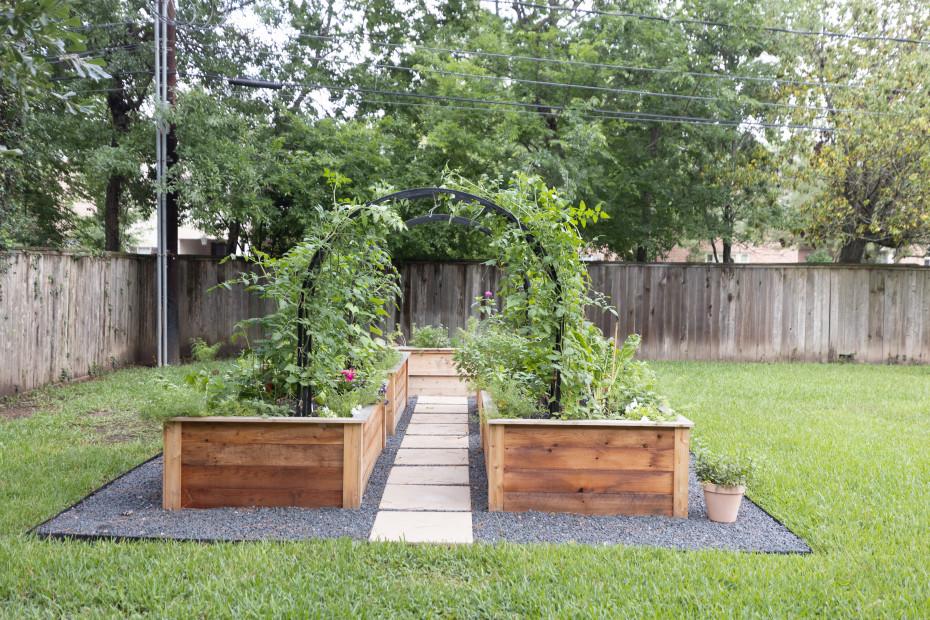
Creating raised garden beds in your outdoor space elevates not just your plants, but also the overall aesthetic of your landscape. These structures provide a clean and defined area for gardening, effectively organizing your planting zones while keeping the flow of your landscape coherent. By utilizing a variety of materials such as wood, stone, or composite materials, you can tailor the look of your raised beds to complement your existing garden design. Moreover, these beds improve drainage and soil quality, making it easier to manage what you grow—whether it’s a vibrant flower display or a functional vegetable patch.
Incorporating raised garden beds allows for a more functional landscaping design that can adapt to the different seasons of your garden. Consider varying the sizes and heights of these beds to create visual interest and to make gardening accessible for all ages. Connect these raised areas with pathways of gravel, bark, or stepping stones to further establish organization within your design. This not only keeps the beds distinct but also enhances usability, allowing for easy access to your plants. Explore resources to find creative ideas for raised garden beds at hgtv.com and inspire your landscaping journey.
Design cozy nooks with comfortable seating in your landscaping design for relaxation
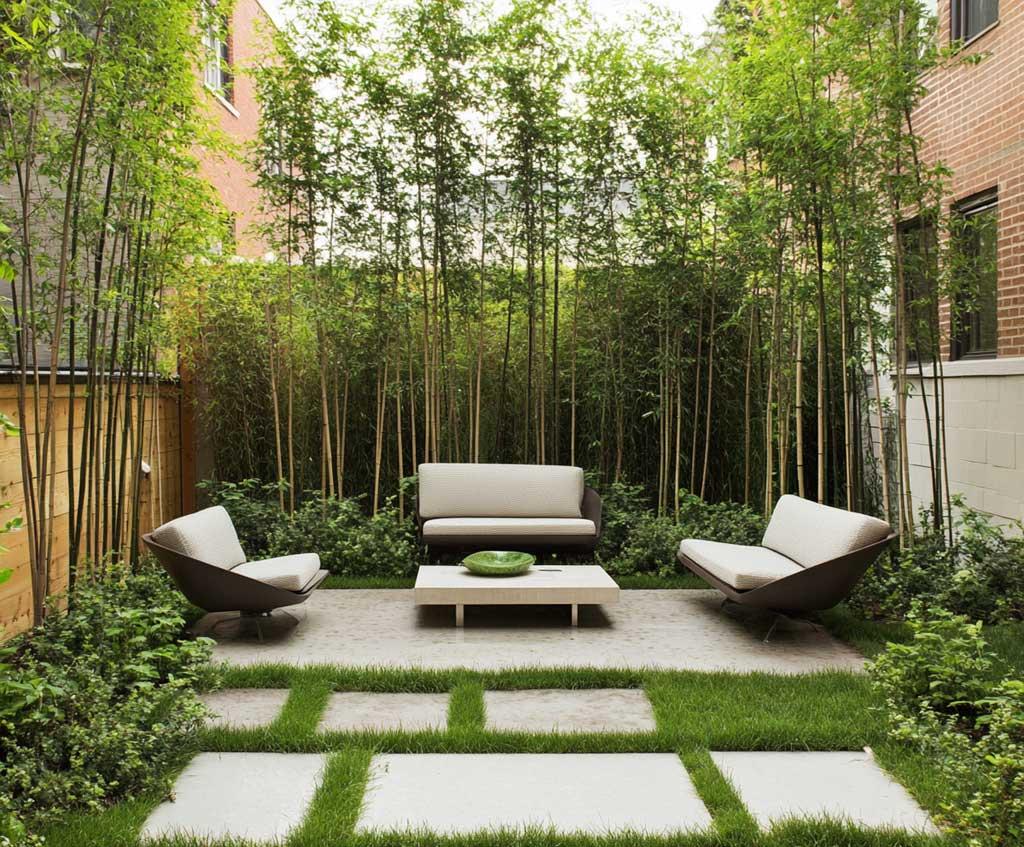
Create inviting spots in your garden by incorporating comfortable seating arrangements that encourage relaxation and enjoyment of the outdoors. Imagine a shaded alcove nestled under a lush tree, adorned with soft cushions and a stylish throw blanket, inviting you to unwind with a book or a cup of tea. Use natural materials, like weather-resistant wicker or hardwood benches, which blend effortlessly with the surrounding landscape, offering both comfort and aesthetic appeal. Incorporating elements such as fairy lights or lanterns can enhance the ambiance, making these nooks perfect for evening gatherings under the stars.
An enchanting feature, such as a fire pit, can anchor your cozy nook while providing warmth and flickering light. Arrange seating in a circular formation around the pit, using multi-layered seating options like poufs or low stools, that encourage conversation and connection. Create additional layers of comfort with plenty of pillows and decorative blankets to make the space feel extra inviting. Don’t forget the surrounding flora; tall grasses or fragrant herbs can not only provide a sense of privacy but also engage all the senses in this little retreat. For more ideas on creating comfortable outdoor areas, take inspiration from Houzz.
Utilize lighting creatively in your landscaping design to highlight key features at night
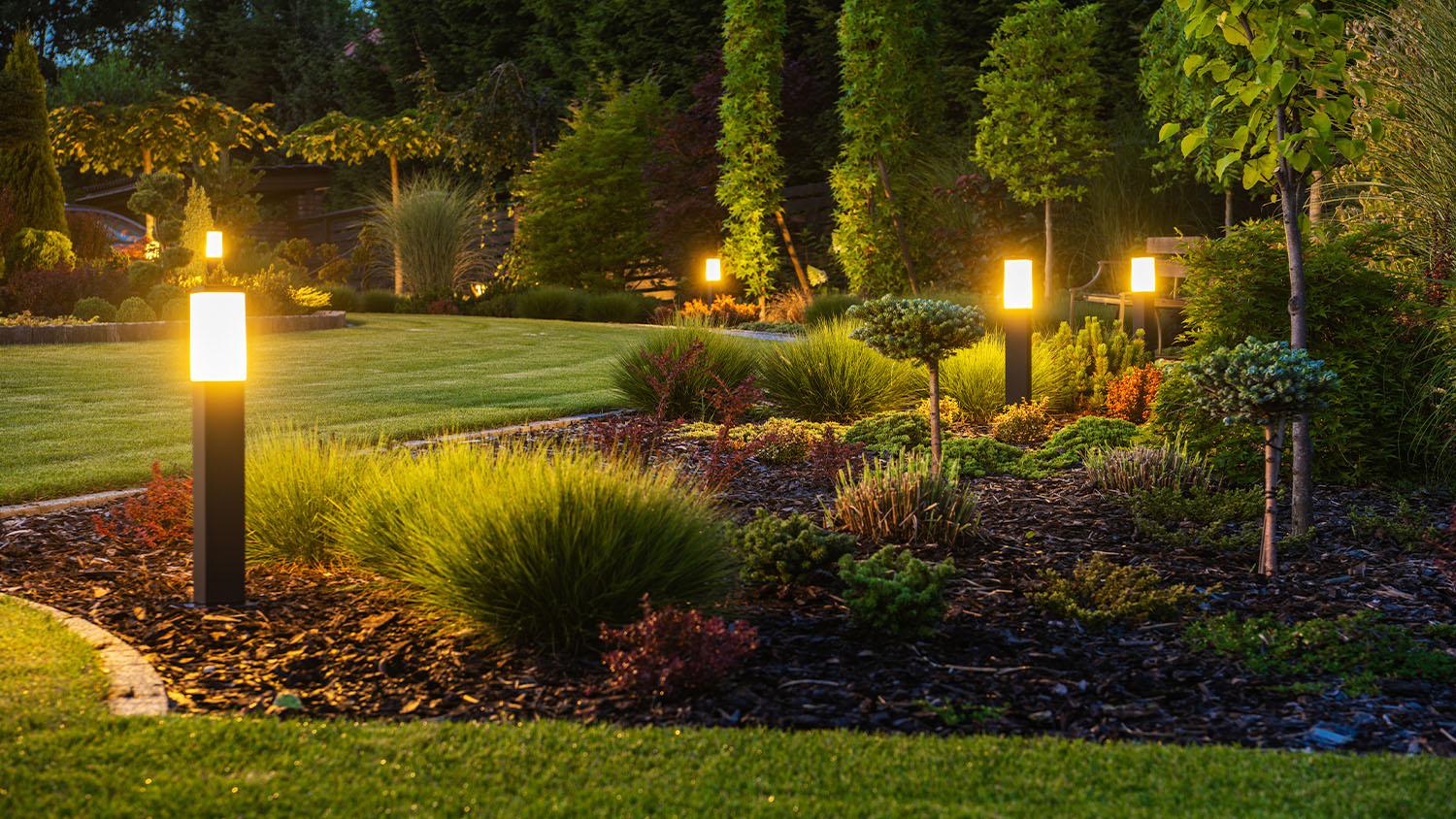
Lighting can dramatically transform your outdoor space, elevating it from ordinary to extraordinary, especially after sunset. Start by highlighting architectural features such as columns, trellises, and garden sculptures with focused spotlights. You can strategically position these lights to cast enticing shadows and create depth in your landscape. Additionally, path lighting invites exploration, guiding guests through your garden with a warm, welcoming glow. Consider using low-voltage fixtures or eco-friendly solar lights that seamlessly blend aesthetics with practicality.
Incorporate ambient lighting to create a soft, inviting atmosphere that encourages relaxation and socialization. String lights draped over trees or woven through trellises provide a whimsical touch, perfect for outdoor gatherings. For a touch of sophistication, install recessed lighting in patios or decks to illuminate seating areas without obstructing the view. Don’t forget to illuminate water features — when lit, a pond or fountain reflects light, transforming the area into a serene oasis. For more inspiration on creative lighting options, explore houzz.com.
Incorporate sculptures and art pieces in your landscaping design for personal flair
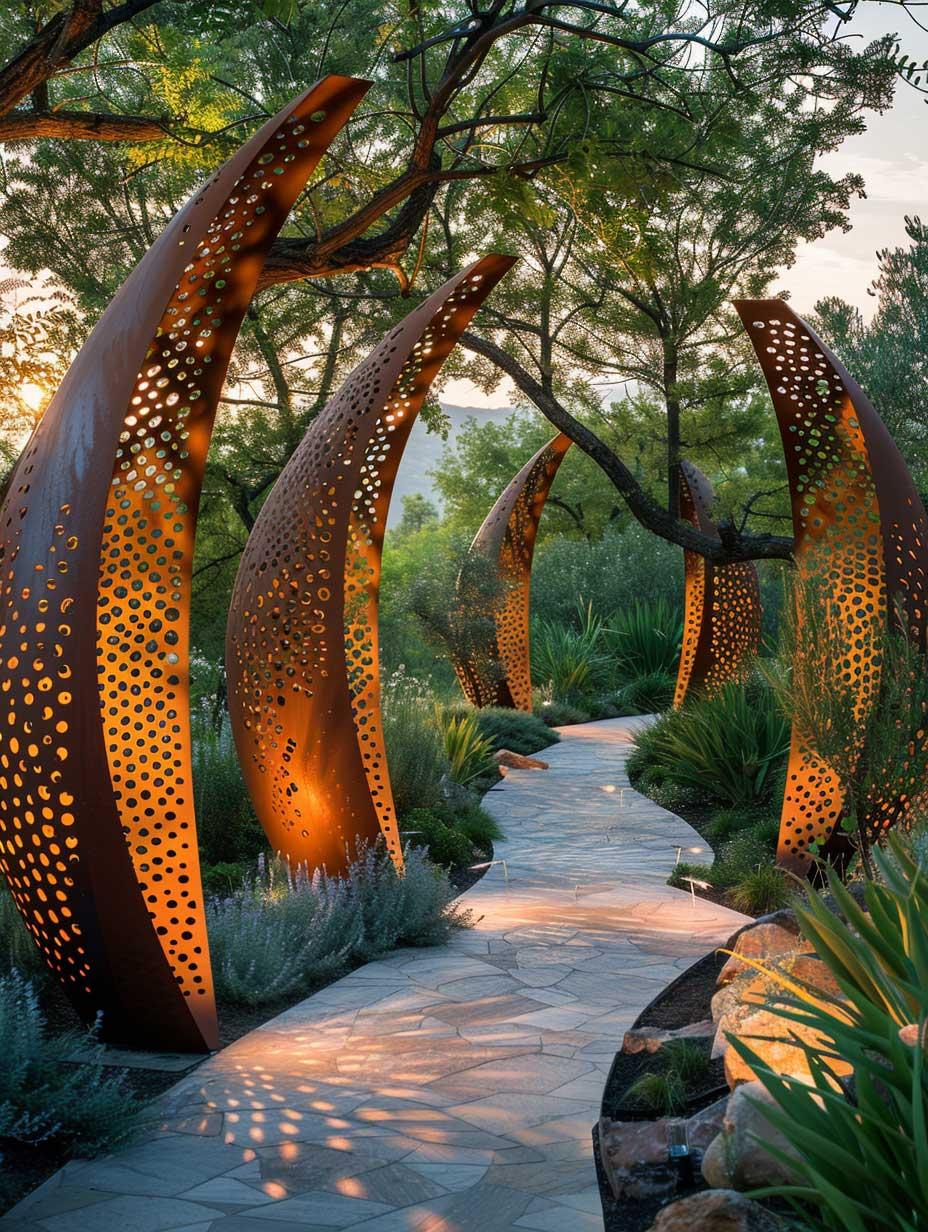
Transform your outdoor area into a vibrant gallery by introducing sculptures and art pieces that reflect your personal style. Choose a focal point, such as a large abstract sculpture or a classic statue, to anchor your landscape design. Surround it with complementary elements like flowerbeds or ornamental grasses to create a harmonious blend between art and nature. For instance, consider a sleek modern piece in a minimalist garden setting or a rustic sculpture that aligns with a more naturalistic design. The contrast or cohesion of styles can elevate the aesthetic quotient of your space and invite conversation.
To add depth and interest, vary the sizes and materials of your pieces. Incorporate small installations such as whimsical garden gnomes or technicolor metal insects among your plants, while having larger pieces positioned at key vantage points where they can be easily seen. Integrating art into your landscape is not just about aesthetics; it can also create unique experiences in your garden. Consider lighting that accentuates these sculptures during the evening hours, allowing your space to transform into an enchanting wonderland. Explore major sculpture artists and their works at galleries like artsy.net to find inspiration that resonates.
Create a living wall as innovative landscaping design that breathes life into spaces
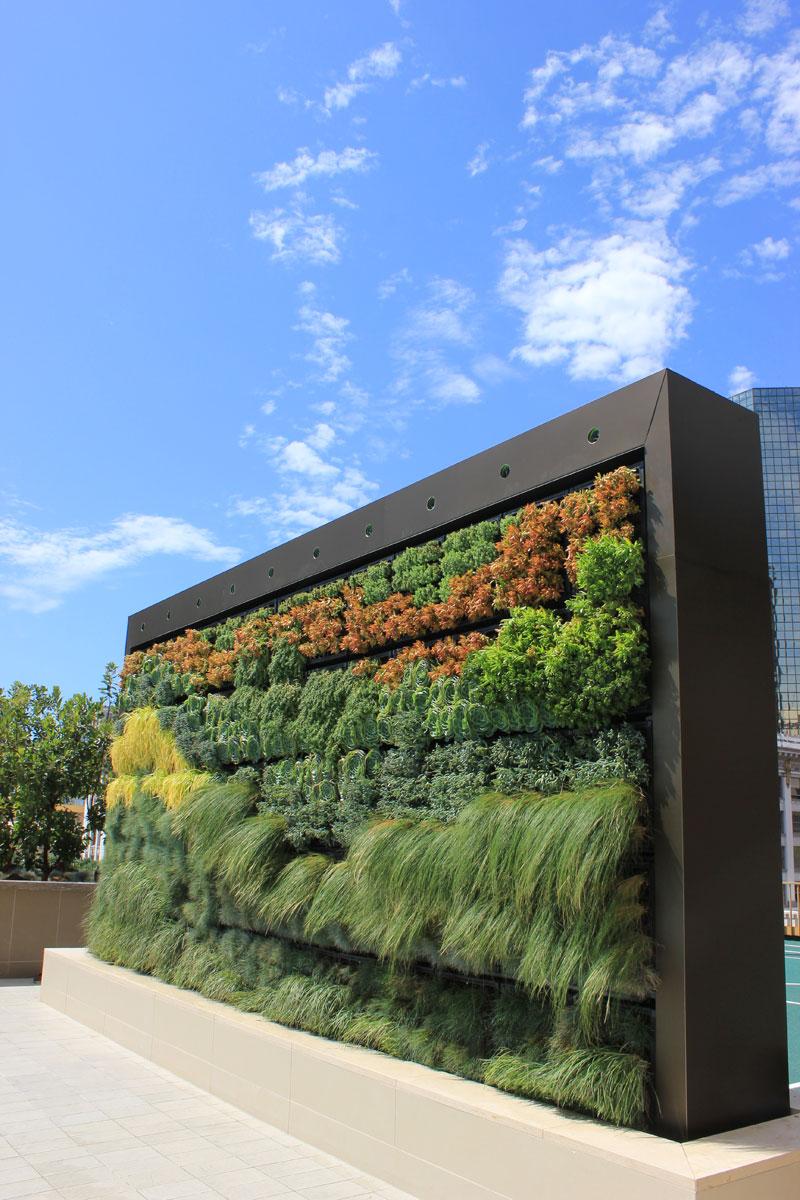
Transform your outdoor space into a lush vertical paradise by incorporating a living wall, a striking feature that serves as both a decorative element and an eco-friendly installation. This green canvas can be tailored to your personal style, utilizing a variety of plants, textures, and colors. Imagine walking into your garden greeted by cascading vines, vibrant flowers, or even aromatic herbs, all flourishing in a vertical arrangement that adds dimension and intrigue to any area. For optimal visual impact, consider mixing both flowering plants and foliage varieties, creating a dynamic living tapestry that changes with the seasons.
Beyond aesthetics, living walls also offer numerous environmental benefits, making them a sustainable choice for landscaping. They improve air quality, provide insulation for buildings, and even promote biodiversity by attracting local pollinators. When designing your living wall, it’s essential to choose plants that are suited to your climate and the specific conditions of your site, such as sunlight exposure and moisture level. Here’s a quick guide to popular plants that thrive in vertical gardens:
| Plant Type | Sun Preference | Soil Type |
|---|---|---|
| Succulents | Full Sun | Well-drained |
| Ferns | Partial Shade | Moist, Rich |
| Herbs | Full Sun | Loamy |
Create a harmonious and invigorating atmosphere by strategically placing your living wall in relation to outdoor seating areas or windows, ensuring that your green masterpiece is not only a focal point but also an integral part of your daily life. For further inspiration and resources on building your own living wall, check out GardenDesign.com.
Use boulders and rocks to add texture and permanence to your landscaping design

Integrating boulders and rocks into your landscaping design can dramatically enhance the overall aesthetic while providing a sense of permanence. These natural elements serve as a solid foundation for your outdoor space, perfectly expressing strength and tranquility. Consider using large boulders as focal points in a garden or strategically placing smaller rocks along pathways to create interest and texture. The contrasting shapes and colors of rocks can harmoniously blend with your flora, offering a striking visual appeal from every angle. Moreover, they can help manage soil erosion, making them both beautiful and functional additions to your landscape.
When planning to incorporate stones into your design, think about how various sizes and colors can affect the space. For example, larger boulders can act as natural sculptures, while smaller pebbles serve to create a softer ground cover that complements your other plants. Mix and match different types of stones to achieve the desired effect—a serene water feature surrounded by smooth river rocks can evoke a calming atmosphere, while a rugged rock wall can lend a rustic charm to your backyard. Additionally, don’t forget to explore local suppliers or landscaping experts for inspiration on how to harmonize your rock elements with existing structures and plant life. For more ideas, you can check out Landscaping Network.
Select a color palette for your landscaping design that reflects your personal style
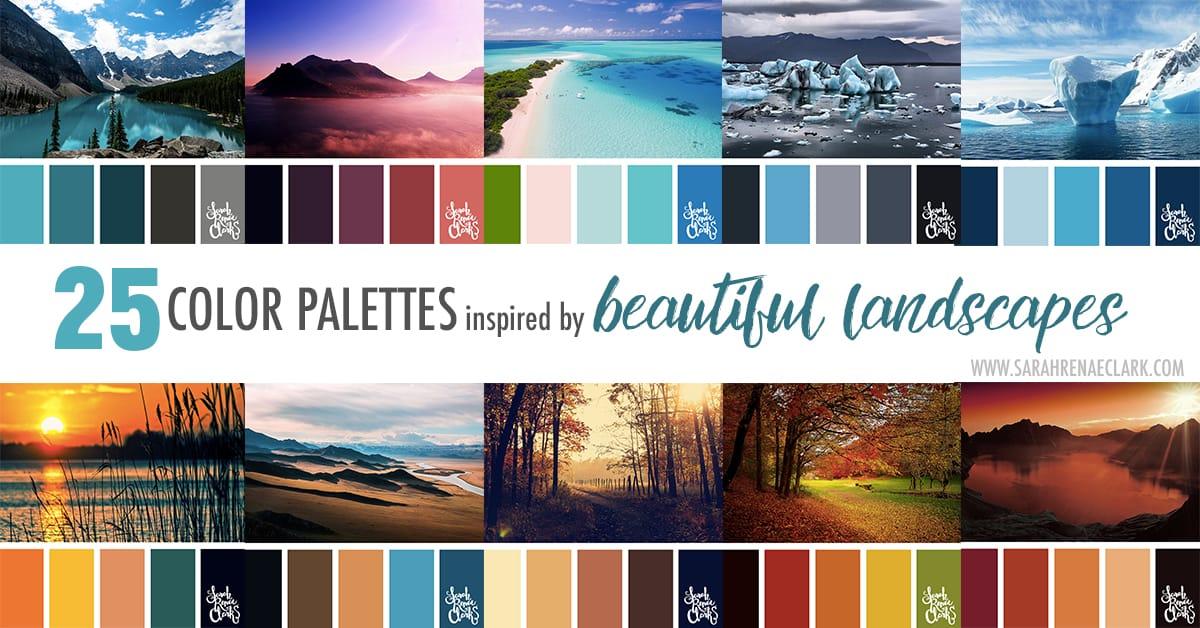
When crafting the perfect landscape, the choice of color palette serves as a critical component that ties your vision together. Consider choosing a color scheme that resonates with your personal style—warm, inviting tones can evoke comfort while vibrant hues can energize your space. Here are some options to consider:
- Earthy Tones: Warm browns and greens create a natural, organic feel, melding seamlessly with the surroundings.
- Cool Blues and Greens: These colors offer a tranquil ambiance, reminiscent of serene bodies of water and lush foliage.
- Bold and Bright: Incorporate pops of color like rich reds or sunny yellows to make a statement and add vibrancy to your landscape.
- Pastel Palette: Soft pinks, baby blues, and gentle lavenders can create a dreamy, romantic vibe in your garden.
Once you’ve decided on the foundational colors, think about texture and layering to enhance depth and interest. Mixing assorted plants and hardscapes can add complexity to your design. For instance, you can pair the color palette with plants that bloom at different times of the year, ensuring that your landscape is visually appealing through all seasons. Here’s a handy reference:
| Color | Flowering Plants |
|---|---|
| Warm Tones | Marigolds, Coneflowers, Sunflowers |
| Cool Tones | Hydrangeas, Lavender, Bluebells |
| Bright Colors | Petunias, Zinnias, Dahlias |
| Pastels | Peonies, Primroses, Pansies |
Incorporating these colors mindfully can transform your outdoor space, making it a true reflection of your style. To further explore color strategies for landscaping, feel free to check out Houzz for more inspiration.
Create a butterfly garden as a joyful addition to your landscaping design

Transform a small corner of your garden into a vibrant butterfly sanctuary that not only enhances your landscaping but also invites nature’s beauty right to your doorstep. To start, select native plants that are known to attract butterflies. Favorites include monarda, milkweed, and zinnias, which provide not only nectar but also serve as host plants for caterpillars. Consider grouping these plants in clusters to create a lush, eye-catching display that draws the magnificent creatures in for a visit.
Incorporating features like shallow water sources and flat rocks will create ideal basking spots for butterflies. Consider adding a small sitting area nearby, constructed from natural wood or stone, where you can enjoy the spectacle of fluttering wings up close. As the seasons change, your butterfly garden will evolve into a lively ecosystem, fostering a sense of tranquility and joy. For more inspiration on creating butterflies’ haven, explore resources like Audubon.
Emphasize symmetry in your landscaping design for balanced and harmonious aesthetics

Incorporating symmetry into your landscaping design creates an eye-catching balance that can enhance the overall aesthetic of your outdoor space. To achieve this effect, consider establishing symmetrical pathways lined with carefully chosen plants. For instance, a pathway flanked by identical hedges on either side creates a sense of direction while drawing the eye through the landscape. Additionally, mirrored flower beds can amplify the beauty of your garden; planting the same variety of flowers in equal arrangements on both sides of a central feature, such as a fountain or sculpture, can evoke tranquility and order.
Further elevate your outdoor appeal by using symmetrical focal points such as arched trellises or ornamental trees. Positioning these elements at the center of your garden helps guide the landscaping layout and instills a feeling of harmony. Outdoor seating areas can also benefit from this design principle; arranging chairs and tables in mirrored positions around a central fire pit generates a welcoming atmosphere. For more inspiration on landscape designs that embrace symmetry, check out ideas on Houzz to transform your space into a picturesque haven.
Introduce wildflower patches to promote biodiversity within your landscaping design
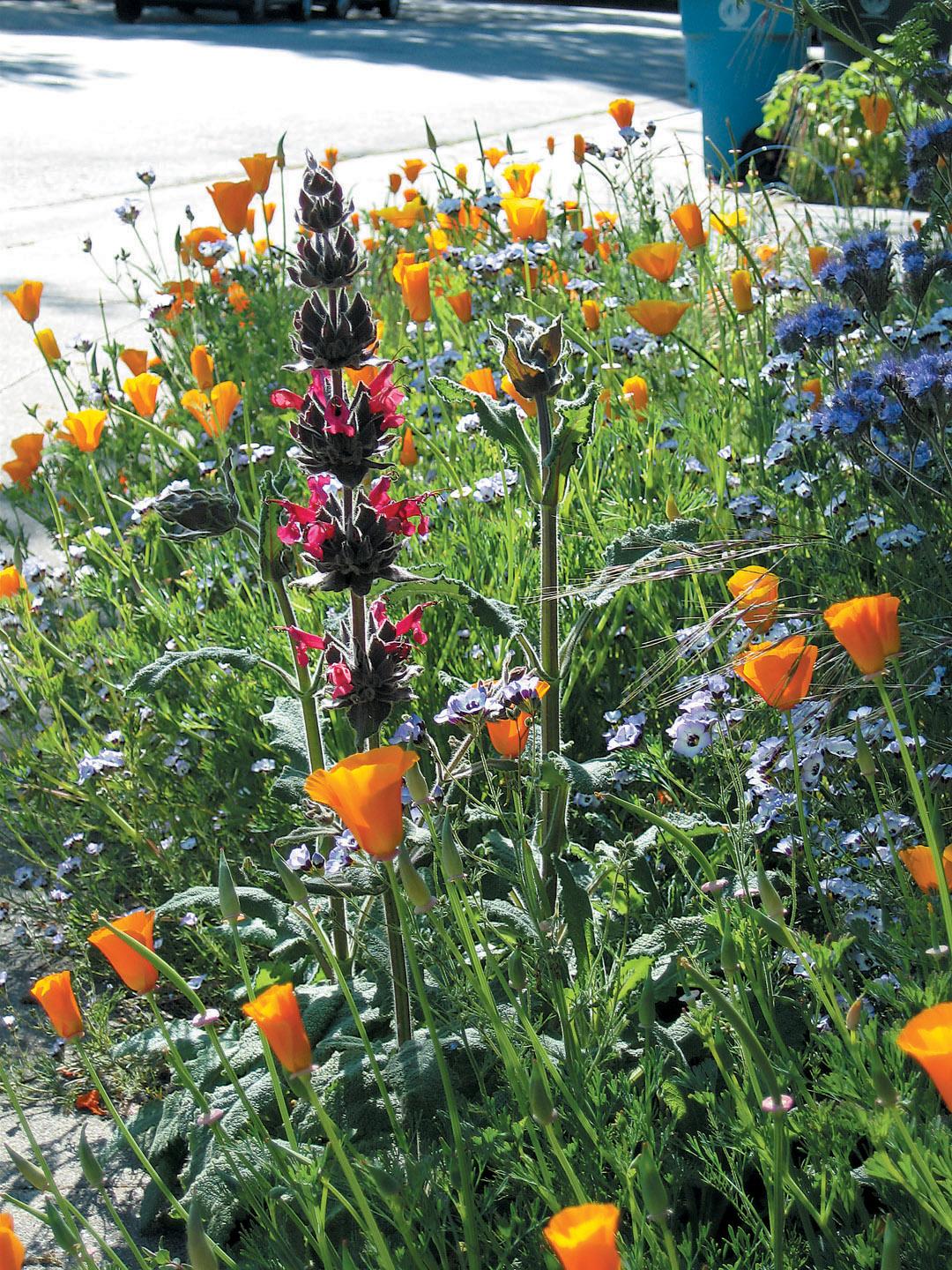
Incorporating patches of wildflowers into your landscaping design is an enchanting way to boost local biodiversity while adding vibrant splashes of color to your outdoor spaces. These natural havens not only provide food and shelter for a variety of pollinators, such as bees and butterflies, but also encourage the presence of other wildlife, contributing to a balanced ecosystem. By selecting native wildflower species that flourish in your climate, you create a self-sustaining garden that thrives with minimal maintenance, offering a stunning visual tapestry that changes throughout the seasons.
To design an effective wildflower patch, consider the following elements:
- Location: Choose sunny areas with well-drained soil for optimal growth.
- Diversity: Incorporate a mix of different species to attract various pollinators and create visual interest.
- Seasonality: Select flowers that bloom at different times of the year, ensuring there is always something in bloom.
- Maintenance: Plan for periodic maintenance like mowing or deadheading to encourage new growth and maintain appearance.
By integrating wildflower patches into your landscape, you can transform an ordinary garden into a thriving ecosystem while enhancing the beauty of your environment. For more information on native plant gardening, check out USDA Natural Resources Conservation Service.
Create a focal point like an arbor or trellis in your landscaping design
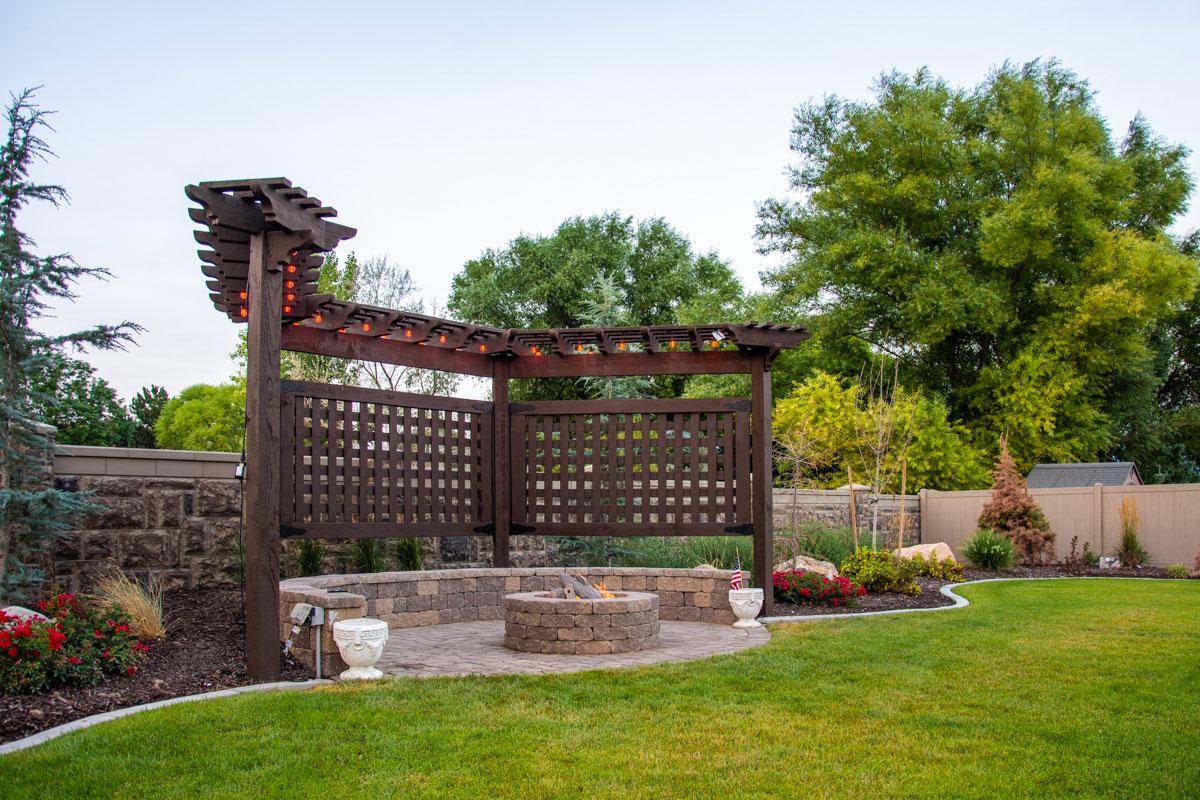
Introducing a striking element like an arbor or trellis can elevate your outdoor space to new heights. These structures not only serve as stunning architectural details but also act as natural focal points around which you can design your landscaping. When adorned with climbing plants such as roses, clematis, or wisteria, they create a lush and inviting atmosphere that draws the eye and invites exploration. Additionally, consider integrating seating under your arbor, allowing it to function as both an aesthetic piece and a practical gathering spot.
To maximize the impact of your trellis or arbor, you can incorporate lighting features that highlight its beauty during the evening. String lights or lanterns can create a cozy ambiance, perfect for nighttime gatherings. Color coordination is also crucial; opt for flowers and plants that enhance the hues of your structure, ensuring a seamless blend with the overall landscape. Below, explore a few design ideas that can inspire you:
| Style | Description |
|---|---|
| Rustic Wooden Arbor | Emphasizes natural materials, ideal for a cottage garden. |
| Sleek Metal Trellis | Modern design that complements contemporary landscaping. |
| Live Plant Wall | A trellis with integrated planters for vibrant greens. |
| Decorative Stone Structure | Provides a sturdy, elegant focal piece with historical charm. |
For more inspiration on using arbor and trellis styles effectively, check out Gardenia, a fantastic resource for garden lovers and designers.
Develop a seasonal landscaping design that changes throughout the year for dynamic appeal
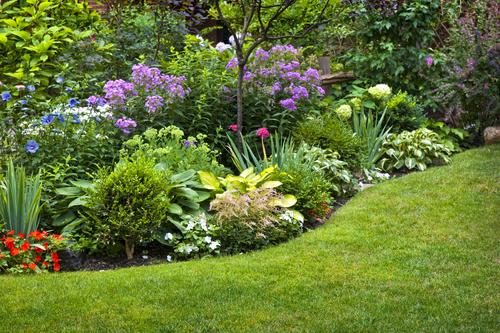
Transform your outdoor space into a breathtaking spectacle by designing a landscape that evolves with the seasons. Start by selecting a diverse mix of perennials and annuals that bloom at different times throughout the year. In spring, consider planting vibrant tulips, daffodils, and hyacinths to welcome the season with bright colors. As summer rolls in, opt for sunflowers, zinnias, and marigolds that will thrive in the warm sun and continue the color show. As fall approaches, replace summer blooms with chrysanthemums and ornamental grasses that offer a rich palette of reds, oranges, and browns, providing a stunning contrast against the fading greens of summer. winter can be an enchanting season with evergreen shrubs and ornamental trees. Incorporating textures and greenery will create a serene, picturesque landscape throughout the cold months.
In addition to carefully selecting plants, utilize seasonal hardscapes to complement your landscape design. Retaining walls, pathways, and patios can be constructed with materials like stone or brick that contrast beautifully with the plant life, giving depth to your design year-round. Integrate seasonal decorations that can be easily changed, such as decorative planters or seasonal lighting. For standout features, consider adding a fire pit or a water feature that can be enjoyed in any season. To inspire your transformation, explore comprehensive design ideas on websites like Houzz, where professionals share their artistic visions for every season.
Foster community with shared spaces in your landscaping design for local connection
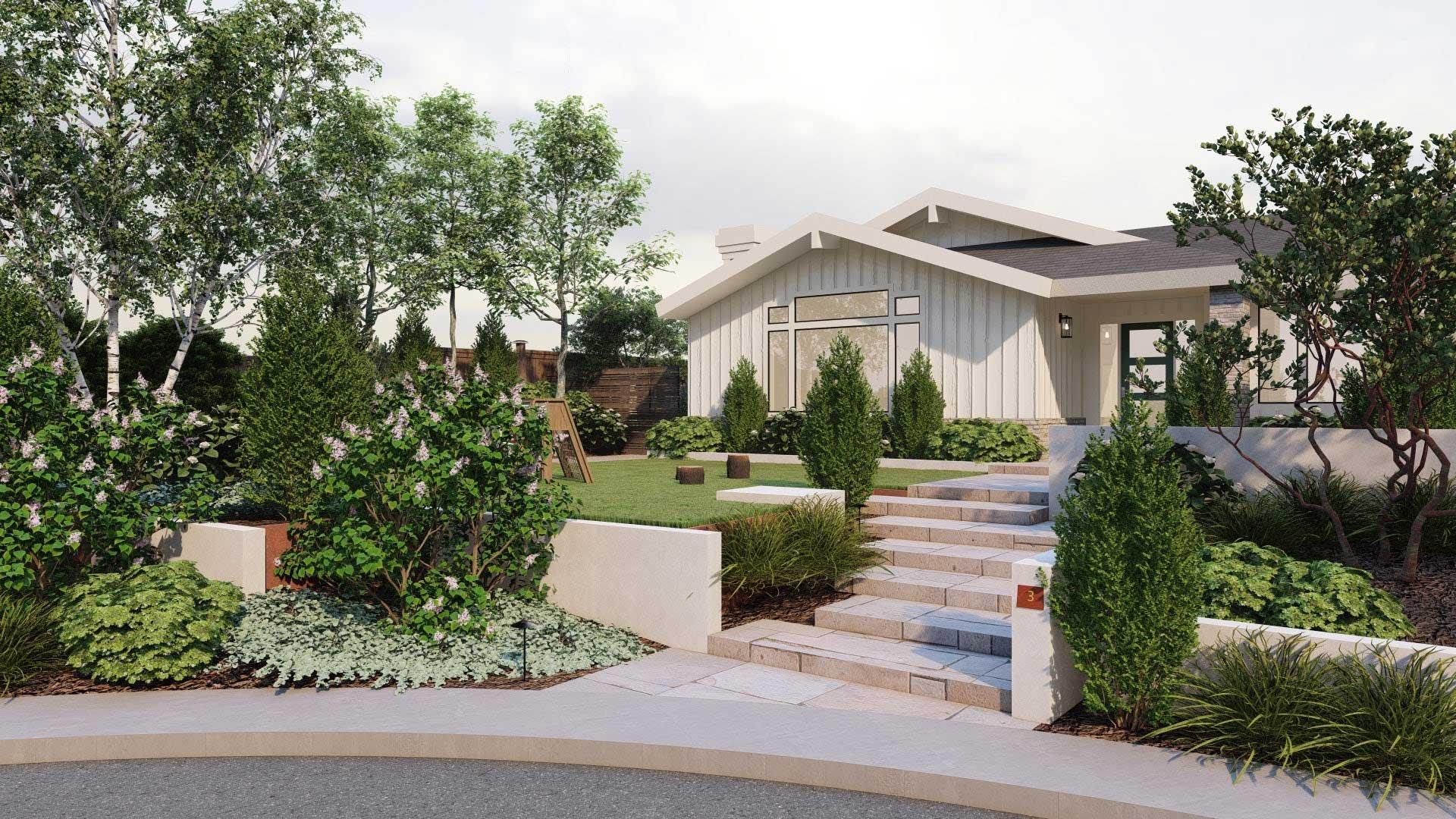
Creating a welcoming environment is essential for fostering connections within your community. By incorporating shared spaces into your landscape design, you can encourage neighbors to gather, share stories, and create long-lasting friendships. Consider installing features like communal seating areas, which can be enhanced with comfortable benches, picnic tables, or even cozy fire pits. To elevate the ambiance, intersperse native plants and flowering shrubs that provide sensory experiences, encouraging everyone to appreciate the beauty of nature together.
Another great idea is to set up community gardens. These shared plots not only offer a space for residents to grow their fruits and vegetables, but they also serve as a central hub for workshops, skill-sharing, and celebrations of the harvest. Complement these gardens with paths made of natural stone or recycled materials to ensure accessibility for all. By hosting events, such as seasonal potlucks or plant swaps, you can create lasting connections among residents and open the door for collaborative efforts that strengthen the entire community. For more inspiration, visit gardenista.com for innovative landscaping ideas that promote togetherness.
Explore the use of permeable materials in your landscaping design for eco-friendliness
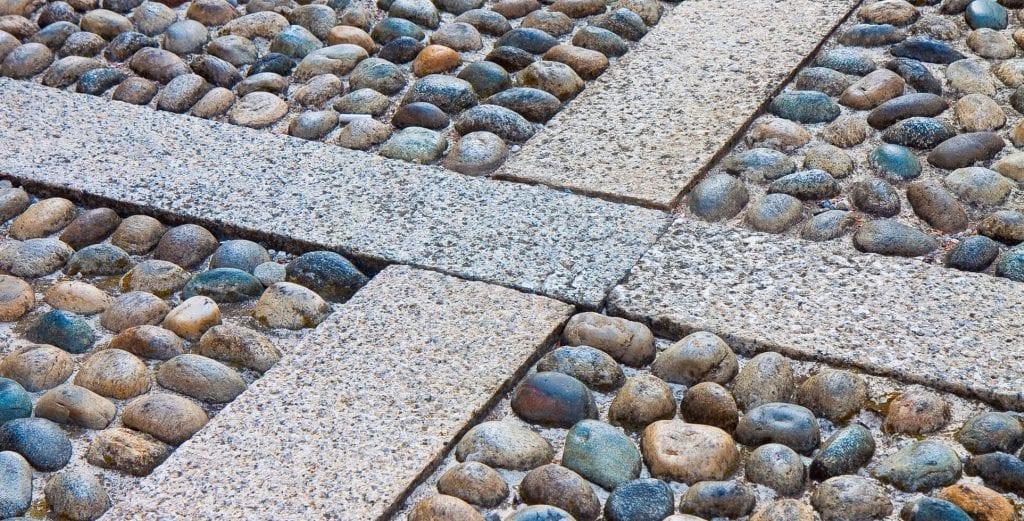
Incorporating permeable materials into your landscaping design not only enhances the aesthetic appeal of your outdoor space but also contributes significantly to environmental sustainability. Materials such as permeable pavers, gravel, and porous concrete allow rainwater to infiltrate the ground, reducing runoff and replenishing groundwater supplies. By choosing these eco-friendly options, you can help minimize the risk of flooding while creating visually striking pathways, driveways, and patios. The natural beauty of these materials can be highlighted through various patterns and color schemes, resulting in a design that harmonizes with nature.
Consider integrating permeable surfaces with native plants and water features to optimize the eco-friendliness of your landscape. By creating bio-swales or rain gardens, you can enhance the drainage of your property while fostering a rich habitat for local wildlife. Below are some common permeable materials and their ideal applications:
| Material | Ideal Use | Benefits |
|---|---|---|
| Permeable Pavers | Walkways, Driveways | Increased drainage, Reduced erosion |
| Gravel | Paths, Patios | Easy installation, Cost-effective |
| Porous Concrete | Decks, Parking Areas | Durable, Low maintenance |
Adopting permeable materials is a step toward creating a more sustainable environment, allowing your landscaping to contribute positively to the ecosystem. For more inspiration on eco-friendly landscaping solutions, visit EPA.
Design a multi-functional outdoor living area in your landscaping design for versatile use
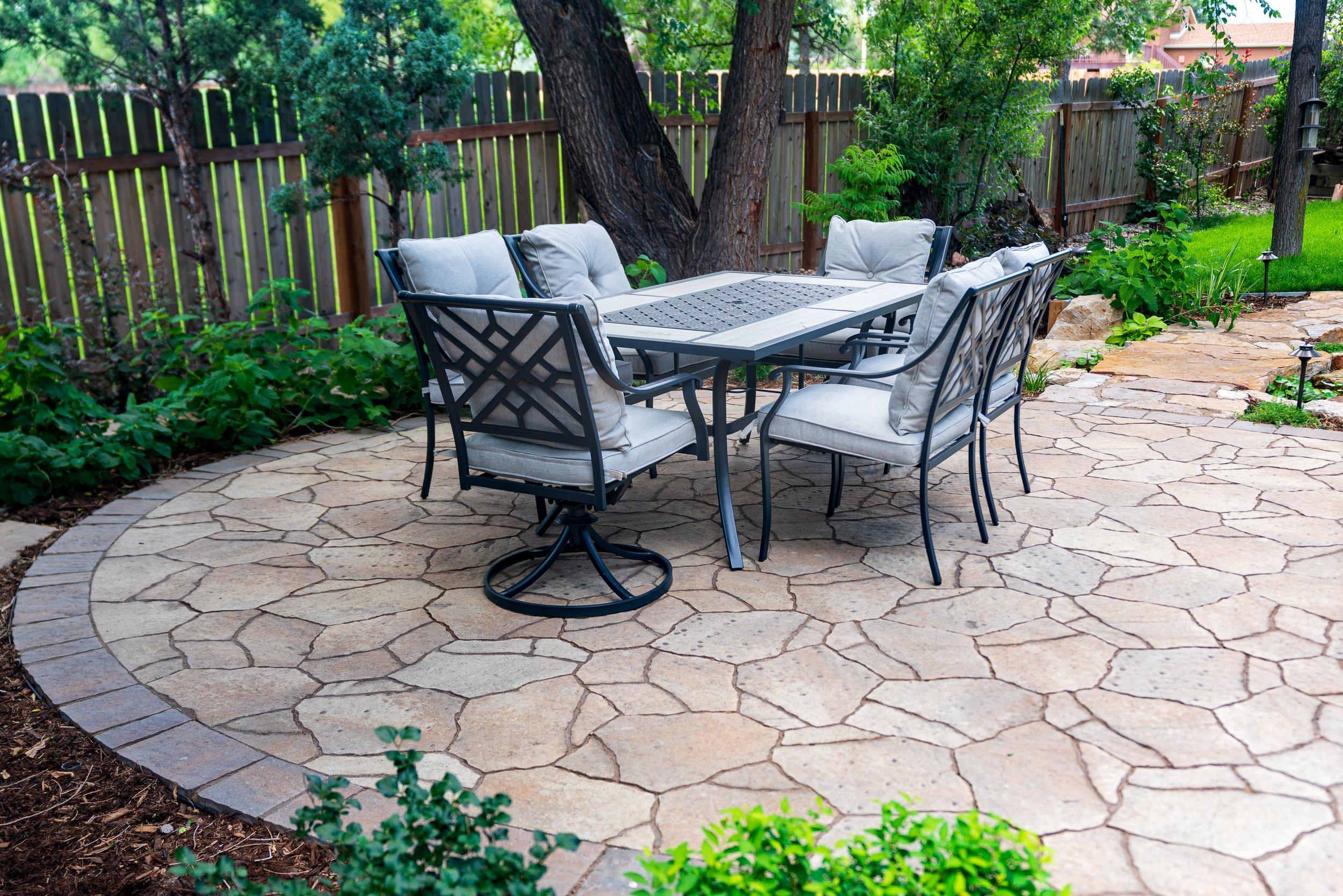
Consider creating distinct zones within your outdoor living area that cater to a variety of activities while maintaining a cohesive design. You might want to incorporate a dining space, an entertaining zone, and a relaxation nook to fully utilize your landscape. Each area can be marked with clever use of walking stones, diverse planting beds, or even decorative screen panels. Adding features like built-in seating or fire pits encourages interaction and versatility. This way, your space transforms seamlessly from a site for family dinners under the stars to a lively gathering place for weekend barbecues.
Integrate multi-functional furniture that can serve various purposes across different zones. For instance, benches can double as storage solutions, and table designs might pull double duty as both dining surfaces and outdoor games stations. Include awnings or pergolas that provide shade during hot days while creating a cozy atmosphere at night. Upgrading your area with outdoor lighting not only extends its usability into the evening but also enhances its aesthetic appeal. By implementing such thoughtful designs, you can enjoy a space that meets your needs year-round, making the most of your landscape investment. Explore more ideas at Houzz.
Use color-blocking techniques in your landscaping design to create visual interest
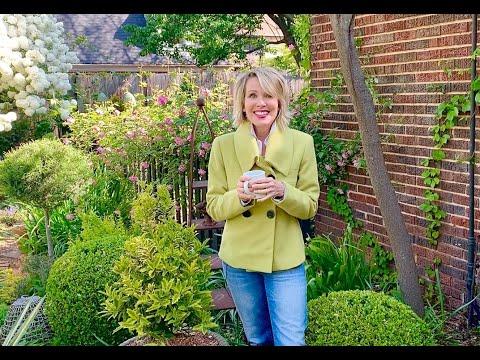
Incorporating color-blocking techniques into your landscaping design can elevate your outdoor space, making it more vibrant and visually engaging. By grouping plants and materials in distinct color sections, you create a striking contrast that can define different areas of your garden. For example, pairing deep purple flowers with bright yellow blooms can add an energizing pop to your landscape. Consider using planar blocks of color through the arrangement of flower beds, trimmed hedges, or even decorative stones that complement each other while standing out in their own right.
To optimize the color-blocking technique, think about the seasonal changes in your garden. A table highlighting seasonal color themes can help you strategize your plant selections effectively. In the spring, opt for pastel colors; summer can burst with bold hues, while autumn can provide rich earthy tones. Winter landscapes can feature evergreen plants that maintain structure and contrast against the frosty backdrop. Utilize this added dimension to create a cohesive yet dynamic garden space that evolves with each season.
| Season | Color Palette | Plants |
|---|---|---|
| Spring | Pastels | Tulips, Daffodils, Hyacinths |
| Summer | Bright & Bold | Marigolds, Zinnias, Petunias |
| Autumn | Earthy Tones | Chrysanthemums, Asters, Sedums |
| Winter | Evergreens | Holly, Boxwood, Pine Trees |
For further inspiration on color-blocking in landscaping, explore resources available on websites like Houzz. Discover how color not only influences the beauty of your garden but also affects mood and ambiance.
Integrate smart irrigation systems into your landscaping design for water efficiency
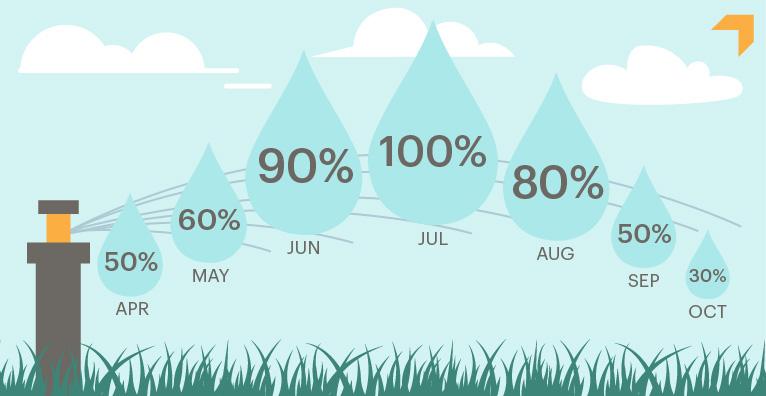
Incorporating smart irrigation systems into your landscaping design not only maximizes water efficiency but also enhances the overall aesthetics of your garden. These systems can monitor soil moisture levels, weather conditions, and plant hydration needs, allowing for precise watering schedules that adapt to changing environmental factors. By using drip irrigation and soaker hoses, you can deliver water directly to the roots of your plants, minimizing runoff and evaporation, while ensuring that every drop counts. This approach promotes healthier plants and reduces water usage, making your landscape both beautiful and sustainable.
Imagine a landscape where vibrant flowers and lush greenery thrive effortlessly, thanks to technologies that take the guesswork out of watering. You can further boost efficiency with rain sensors and smart controllers, which adjust watering times and amounts automatically based on rainfall and temperature data. For those looking to embrace innovative designs, consider creating a multi-zone irrigation layout that caters to different plant types across your property. Not only does this make for an environmentally-friendly design, but it also adds a layer of sophistication. Explore more about smart landscaping techniques at www.bhg.com.
Insights and Conclusions
As we conclude our journey through these 24 inspiring landscaping design ideas, we hope you’ve gathered a wealth of inspiration and practical insights to transform your outdoor space into a personal paradise. Whether you’re dreaming of lush gardens, serene water features, or vibrant outdoor living areas, there’s something for everyone in this curated collection. Remember, landscaping is a canvas where your creativity can flourish; embrace your vision and let your unique style shine through.
As you embark on your landscaping adventure, keep in mind that transformation takes time and patience. With a sprinkle of inspiration and a dash of dedication, you can cultivate a space that not only enhances your property’s beauty but also enriches your daily life. So grab your tools, roll up your sleeves, and get ready to create an outdoor haven that reflects your personality and passion. Happy landscaping!

